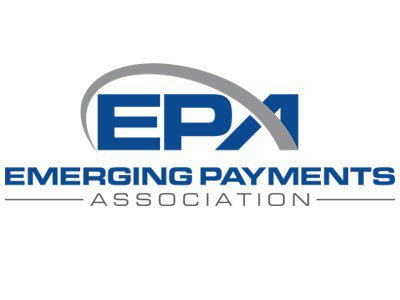
My comments at this time of year are normally upbeat and optimistic.
Not this time. There are clouds on the payments horizon.
Not relating to the amount of money being invested in the sector – there is plenty of that. Or to level of demand – we see most consumers willingly adopting new ways to move money, prove identities and buy products. Or the enthusiasm of payments professionals to invent new and exciting ways to pay.
The clouds are created by Article 10 of EU regulation 2015/751, otherwise known as the MIF (Multilateral Interchange Fee) regulations.
Many people thought the cap on interchange fees included in the MIF regulations would have the greatest impact on payments. But Article 10 could well have an even greater impact when it comes into force on June 9th 2016. Here are just some of its potential pitfalls:
The interchange fee changes and the abolition of the ‘honour all cards’ rule were seen by most commentators as being a victory for retailers and the consumer. Retailers fought for almost a decade to get the interchange caps imposed.
In reality, however, retailers and consumers are both likely to suffer more. Not only from a reduction in the choice of payment options available because there could be less money in payments for the payments industry. But also because, through an attempt to give more choice and transparency to consumers and lower costs for retailers, payments is likely to become more complex and expensive for them.
So when reviewing your plans for 2016, be sure to consider Article 10. The future for payments is bright, for sure. But in Europe there are clouds overhead, in the form of Article 10.
The Payments Association
St Clement’s House
27 Clements Lane
London EC4N 7AE
© Copyright 2024 The Payments Association. All Rights Reserved. The Payments Association is the trading name of Emerging Payments Ventures Limited.
Emerging Ventures Limited t/a The Payments Association; Registered in England and Wales, Company Number 06672728; VAT no. 938829859; Registered office address St. Clement’s House, 27 Clements Lane, London, England, EC4N 7AE.







Log in to access complimentary passes or discounts and access exclusive content as part of your membership. An auto-login link will be sent directly to your email.
We use an auto-login link to ensure optimum security for your members hub. Simply enter your professional work e-mail address into the input area and you’ll receive a link to directly access your account.
Instead of using passwords, we e-mail you a link to log in to the site. This allows us to automatically verify you and apply member benefits based on your e-mail domain name.
Please click the button below which relates to the issue you’re having.
Sometimes our e-mails end up in spam. Make sure to check your spam folder for e-mails from The Payments Association
Most modern e-mail clients now separate e-mails into different tabs. For example, Outlook has an “Other” tab, and Gmail has tabs for different types of e-mails, such as promotional.
For security reasons the link will expire after 60 minutes. Try submitting the login form again and wait a few seconds for the e-mail to arrive.
The link will only work one time – once it’s been clicked, the link won’t log you in again. Instead, you’ll need to go back to the login screen and generate a new link.
Make sure you’re clicking the link on the most recent e-mail that’s been sent to you. We recommend deleting the e-mail once you’ve clicked the link.
Some security systems will automatically click on links in e-mails to check for phishing, malware, viruses and other malicious threats. If these have been clicked, it won’t work when you try to click on the link.
For security reasons, e-mail address changes can only be complete by your Member Engagement Manager. Please contact the team directly for further help.